Hello again!
I realized that I didn’t include any pictures in my last post, so I will try better this time to boast some cool photos I’ve taken around the block.
I began my July in Denver, driving down to spend the 4th with some family: we danced, we watched fireworks, we hiked, we ate good food, and we also got stranded on the side of the road…
Me, my two cousins and my sister started the day with a beautiful hike in the Rockies and then waded in a nearby creek. The views were spectacular and the water refreshingly cool. This carefree and peaceful energy was abruptly stifled when my cousin realized that her roommate had forgotten to return the keys of the car before taking off for a different part of the Rockies with her own family. With zero cell service, we had no immediate way of contacting the roommate and asking her to come drop off the keys. So, cooking in the sun on the side of the road, we hailed cars asking them to call the roommate’s number and let them know that her friends are stranded without keys. After a few hours of slaphappiness and desperation, we finally saw her car turn the corner to return us the keys. Yay!
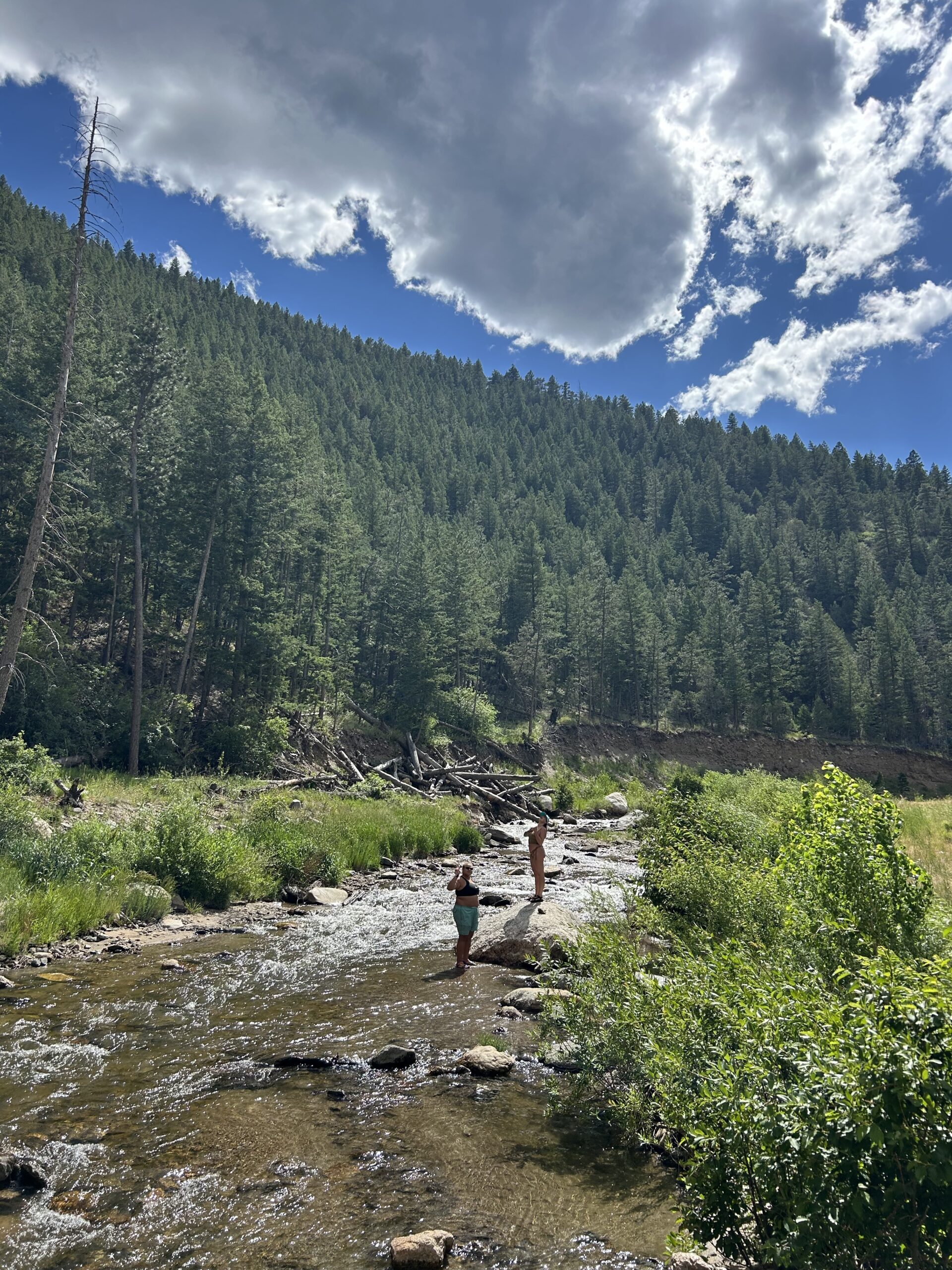
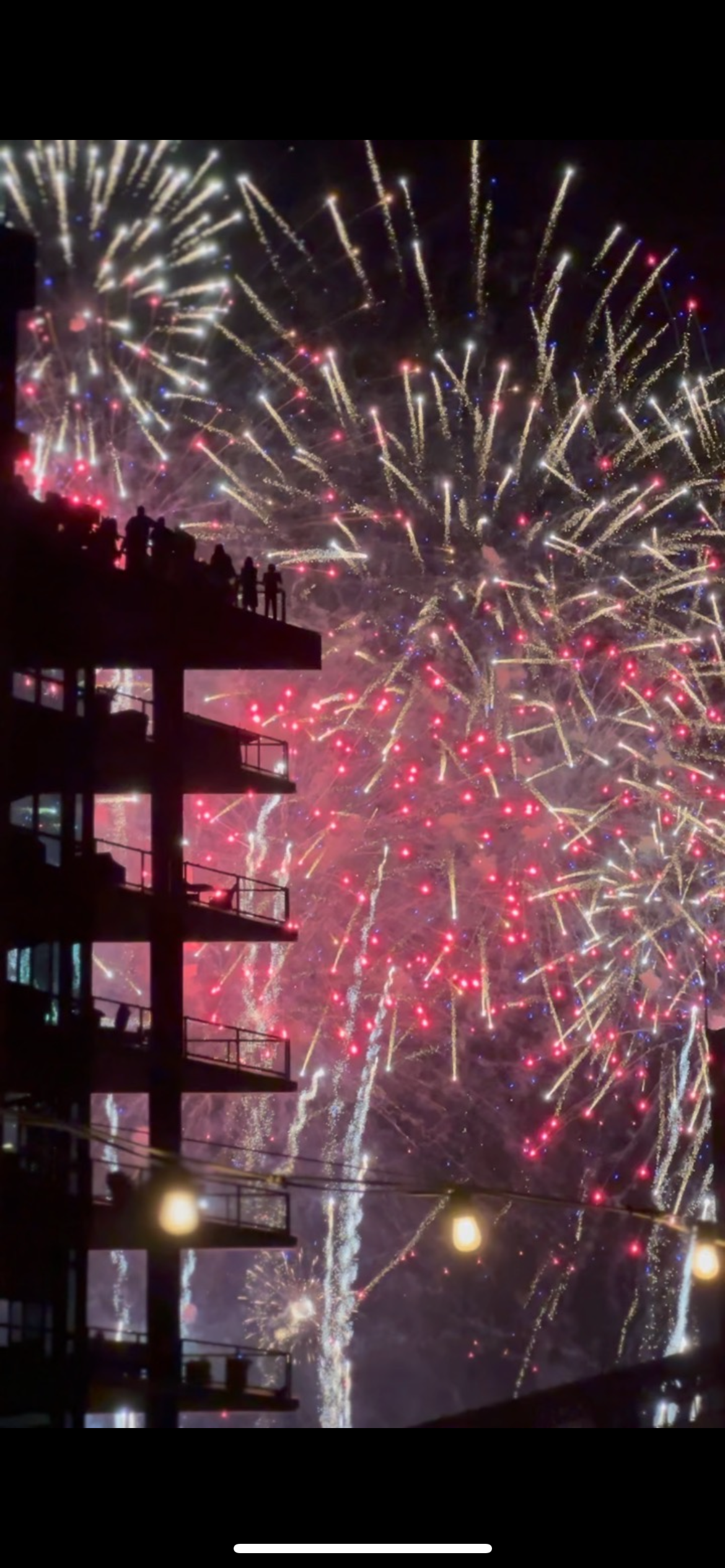
On another note, work with the RMRS is going smoothly! We are on schedule and collecting a bunch of important data. We are continuing to discover cool bugs, birds, and plants.

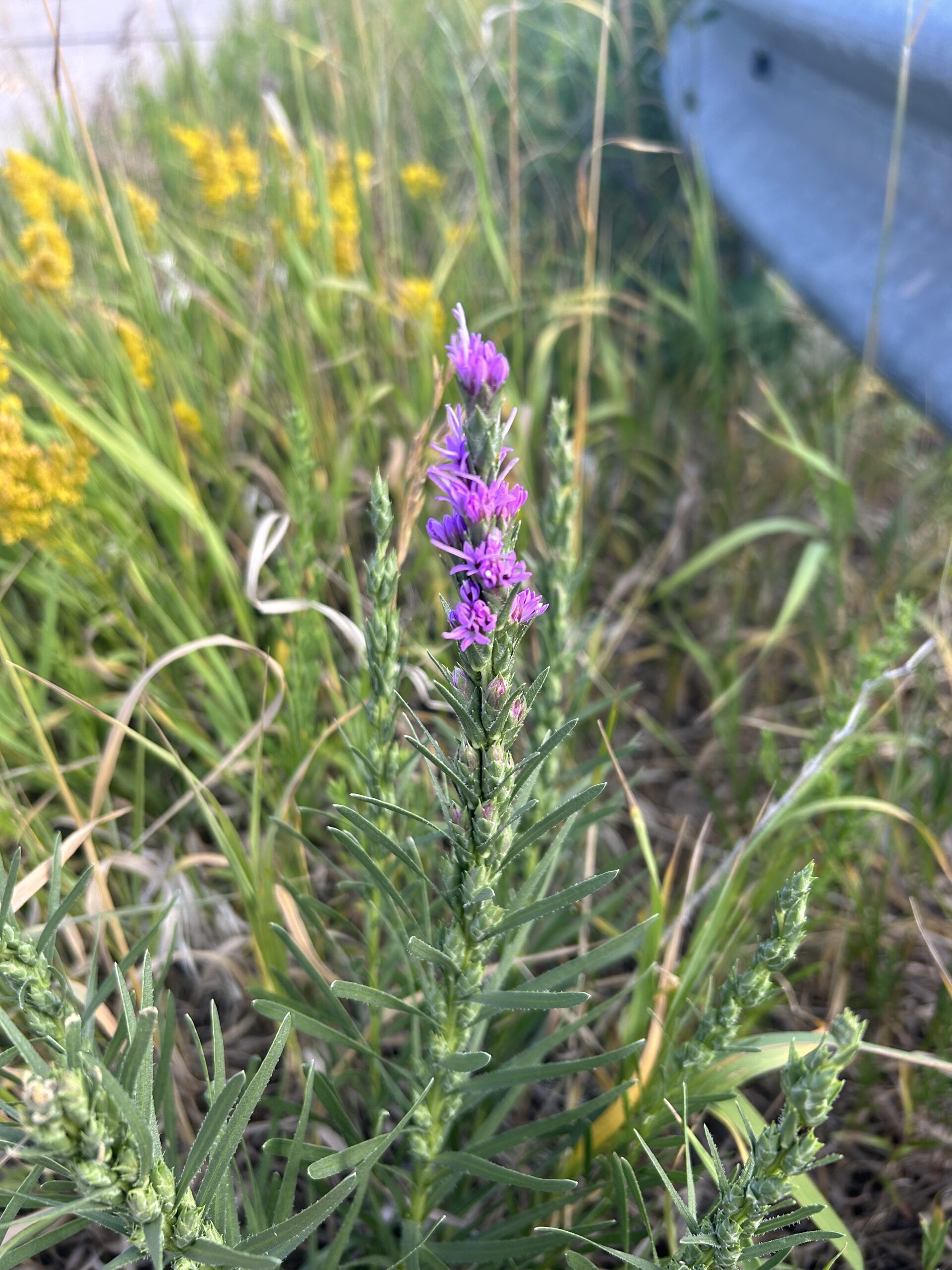
Yesterday was my last day at our Badlands site, and I’m so grateful I was able to work in such a stunning and characteristic region, connecting with history and the past. The Badlands are ancient remnants of life gone by; once the bottom of a former ocean covering the plains, these otherworldly structures of chalky orange, yellow, and cream have been eroding away ever since, leaving streaming striations of colors representing different eons of life. These picturesque towers of old have opened me to more ways to conceptualize our world. They have opened me to the understanding that many facets of our lives are simply consequences of history. We are often in conditions that are the results of decisions and events that have happened before us. That’s why, sitting atop a Badland staring past the blazing sun setting on the prairie, I had the realization that we, this generation, need to do our best to make the right decisions so that others living generations from now will be able to live happily in places diligently conserved by their predecessors. Conservation is so important! Here are some pics I took on a recent trip, enjoy:
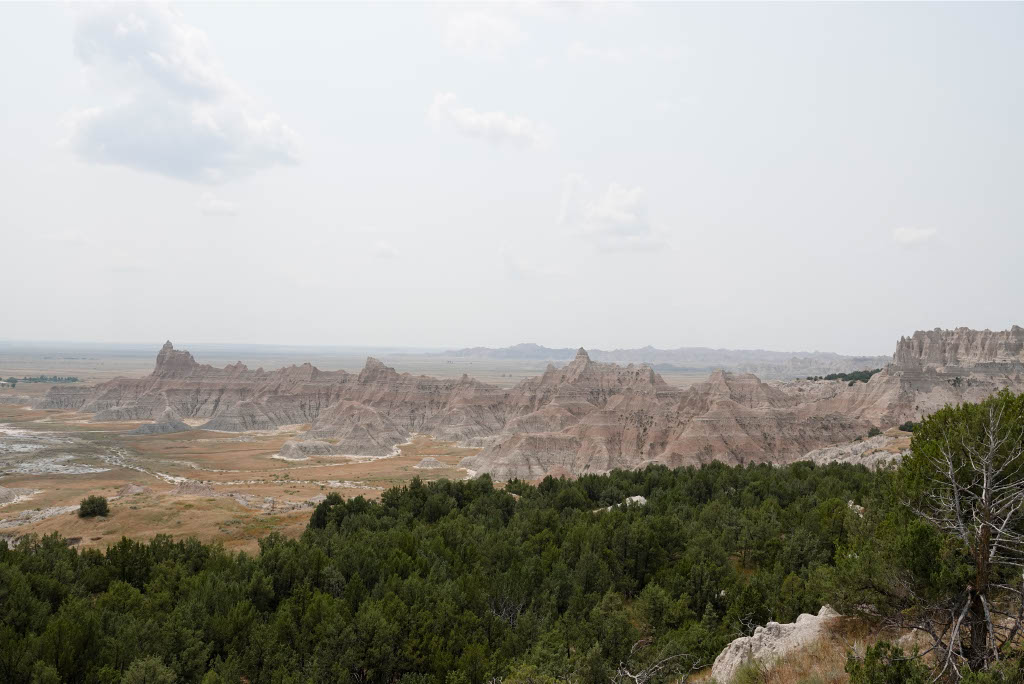
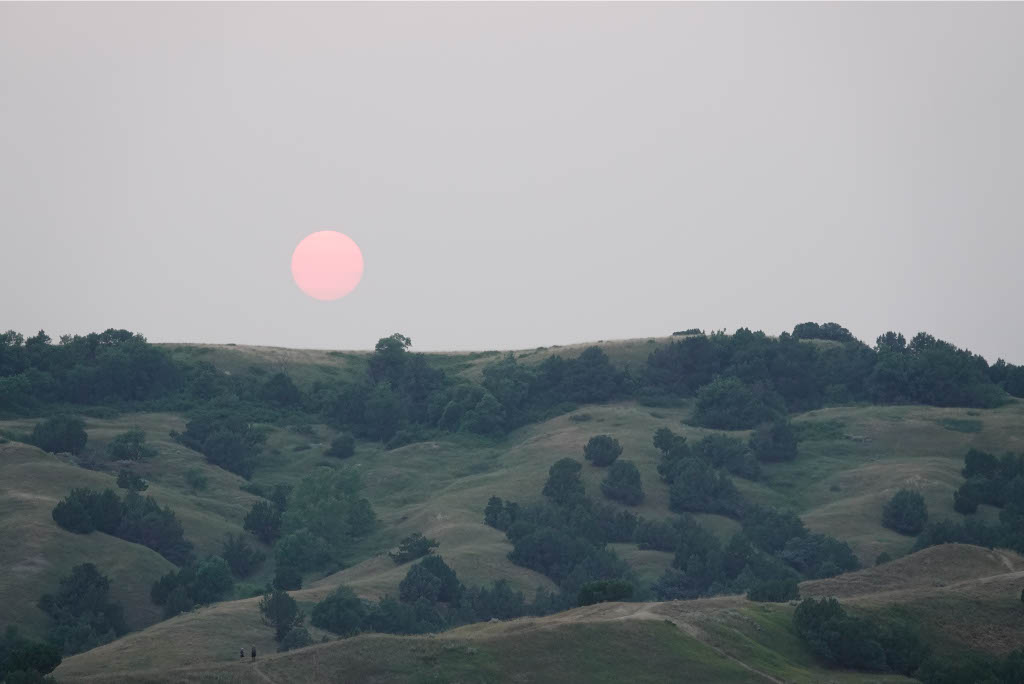
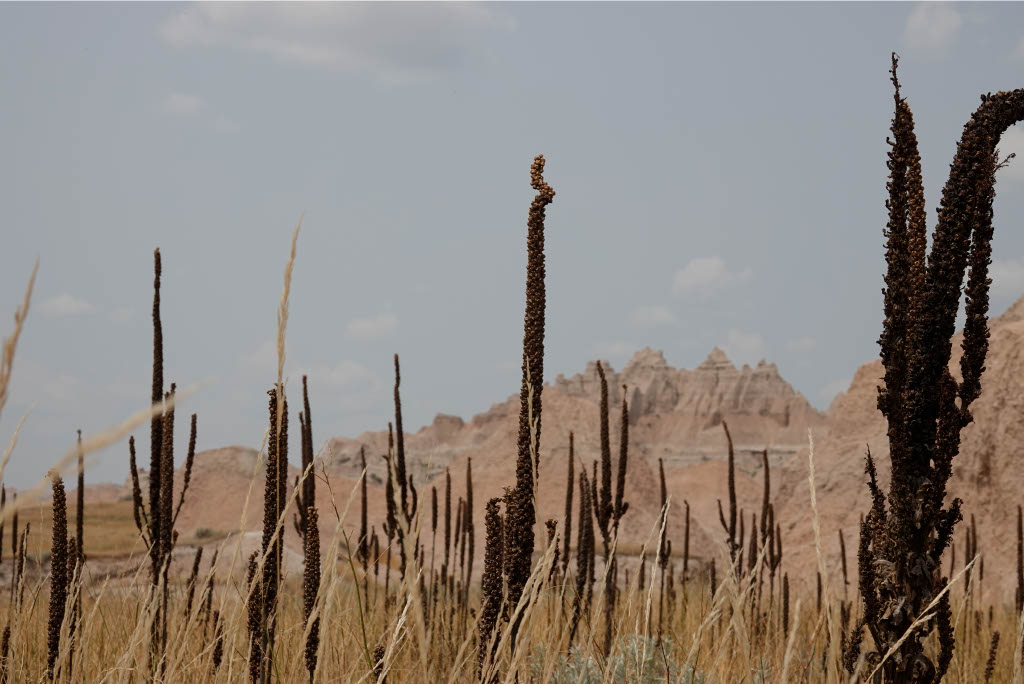
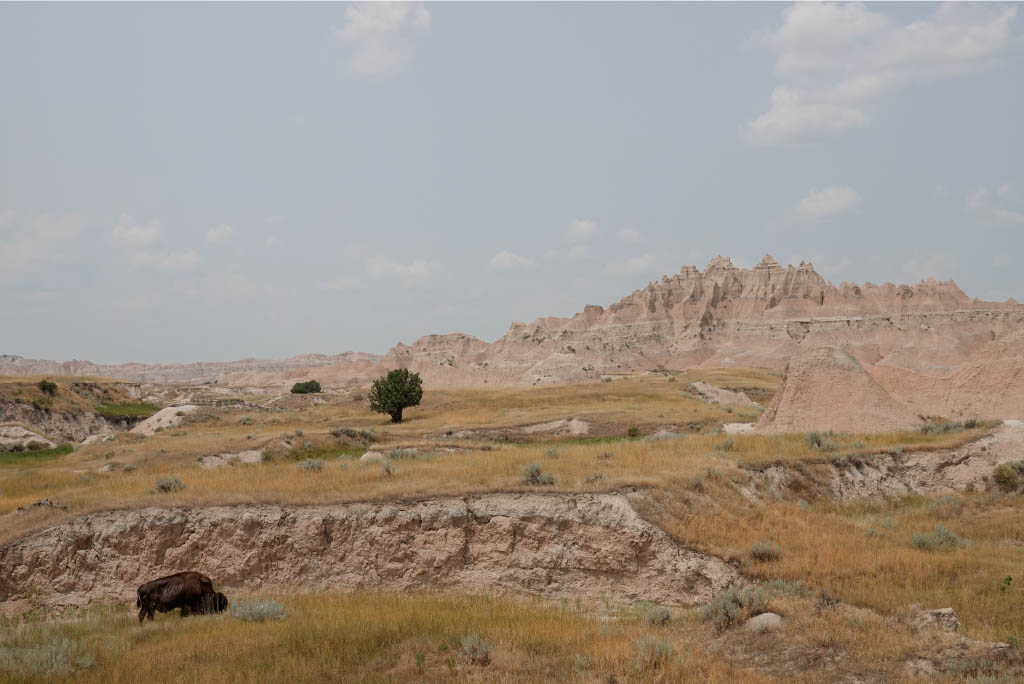
I have now only a few more weeks to soak in as much as I can of this experience before having to head home and get ready for grad school in France. Time has moved so quickly, and it will only continue to move faster. Each moment spent here has been so formative and energizing, and I will continue to open myself to the present and absorb as much as I can before leaving this enchanting place.
See you in August, for the last time…
Carston
